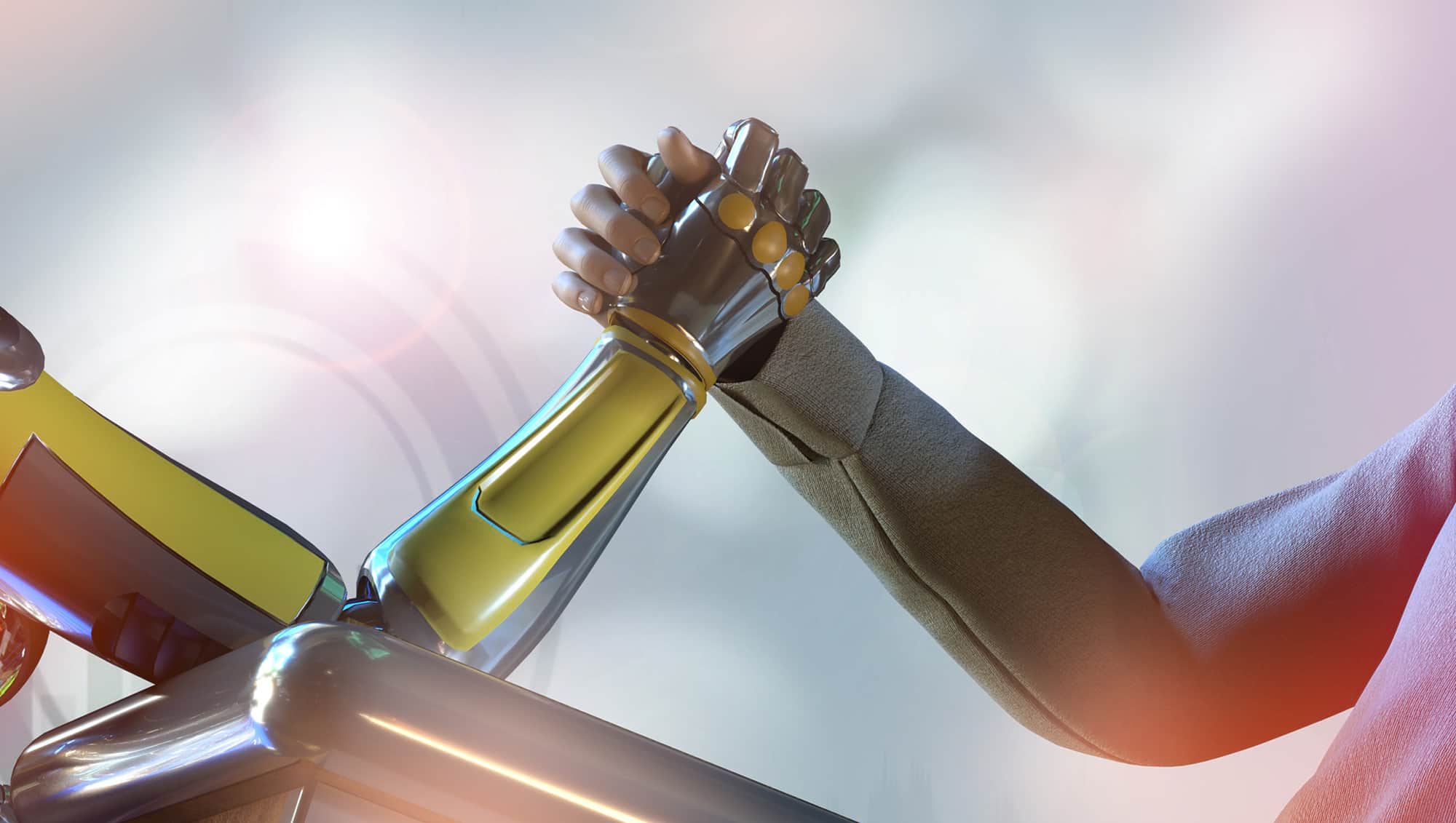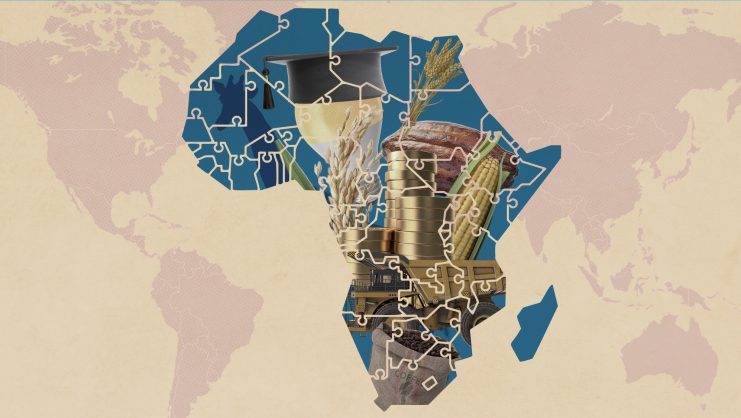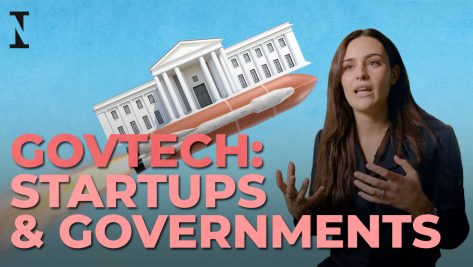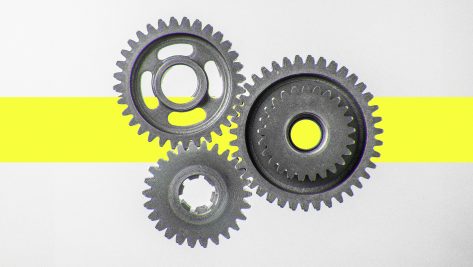The advent of artificial intelligence in the workplace has raised numerous questions. It’s worth remembering, however, that machines have always been a source of tension within organizations. In the 19th century, the Luddite movement fought back against the robots of the Industrial Revolution. In many factories, workers destroyed or sabotaged machinery that, in their view, put their jobs at risk. Similar conflicts arose in every decade of the 20th century. The economist John Maynard Keynes even wrote that the labor market was afflicted by a new disease: technological unemployment.
In the end, jobs did not, in fact, go extinct last century, and we can see that this has been a constant, cyclical concern throughout history. The big question we must ask ourselves in the 21st century is whether things will be different this time around. Optimists argue that new technologies will create new job opportunities. Detractors take the opposite tack, appealing to labor catastrophism.
Artificial intelligence and robotics have been constant, cyclical concerns throughout history. The big question we must ask ourselves in the 21st century is whether things will be different this time around.
New skills
As artificial intelligence becomes more commonplace, the jobs most susceptible to automation will be replaced by machines. The social impact of this shift will be considerable, but not all countries and regions will be affected to the same degree. At the same time, large differences in skill will emerge among workers.
When discussing artificial intelligence, even industries that rely heavily on robotics try to avoid the term “robot” at all costs. For aircraft manufacturers, for example, the favored term is “autopilot,” while “self-driving cars” are all the rage among automakers. Although robots play a major role in aviation and the auto industry, the term is absent from the everyday vocabulary of both sectors.
Artificial intelligence has the potential to be useful in all sorts of areas. For example, researchers at an American university recently studied decisions reached by juries in California. They found that the juries’ decisions were more favorable in the morning but grew increasingly unfavorable as the day wore on. Given these findings, it would not be unreasonable to create an algorithm capable of making these decisions. A priori, such a system would be more impartial, as the algorithm would not be affected by personal issues such as fatigue, mood, or boredom after many long hours in court.
Artificial intelligence seems obscure to many people, but it is gradually gaining a foothold in our daily lives. Consider, for example, Siri and Alexa. The popularity of these two virtual assistants shows that for simple, everyday decisions—like checking the weather forecast or movie showtimes—people are not afraid of robotics. But what will things be like 30 years from now? Will my daughter ask Siri whom she should date and whether she should get married? It is not unreasonable to think that a virtual assistant could help with these matters: Siri will know what movies my daughter has seen, what songs she likes, and even her medical history. Inconceivable though it may seem, artificial intelligence could eventually play a role in complex decision-making.
Artificial intelligence seems obscure to many people, but it is gradually gaining a foothold in our daily lives. Consider Siri and Alexa, virtual assistants that help many people make simple, everyday decisions.
New centaurs
The incorporation of machines in the corporate world has had an undeniable impact on business leadership. The question is what this leadership should look like. The best answer comes by way of freestyle chess, a variant of the game invented by Gary Kasparov a few years ago. Players are allowed to use computer assistance, if they wish. The winners of freestyle tournaments are neither the greatest chess players nor the players with the best computers; they are simply the ones who make the best decisions. Kasparov calls these people “centaurs”: half human, half machine. What conclusion can we draw from this? Players who lack top-notch chess skills but have a decent computer and a good decision-making process perform better than brilliant players who have excellent computers but are unable to make the right decisions.
Today’s world is filled with these new centaurs. They are found in every profession: bankers, lawyers, doctors, etc. As in freestyle chess, modern workplaces breed fierce competition between teams that include both humans and computers. The leadership of the future is directly related to these processes. It consists in integrating people’s decision-making processes with artificial intelligence processes in order to determine which is better. This, in a nutshell, is what it’s like to lead a company today.
Finally, we mustn’t forget the latent tension between people and machines. This tension has a direct bearing on leadership in the 21st century. Anyone who wants to succeed as a leader will have to minimize the friction between people and robots. Human teams should collaborate with machines, not view them as a risk. For optimal decision-making, bad or corrupted data—which have a direct impact on a corporation’s competitiveness—must be carefully avoided. Companies’ data-management practices will be a strong indicator of who will lead the markets and who will be left behind.
© IE Insights.











